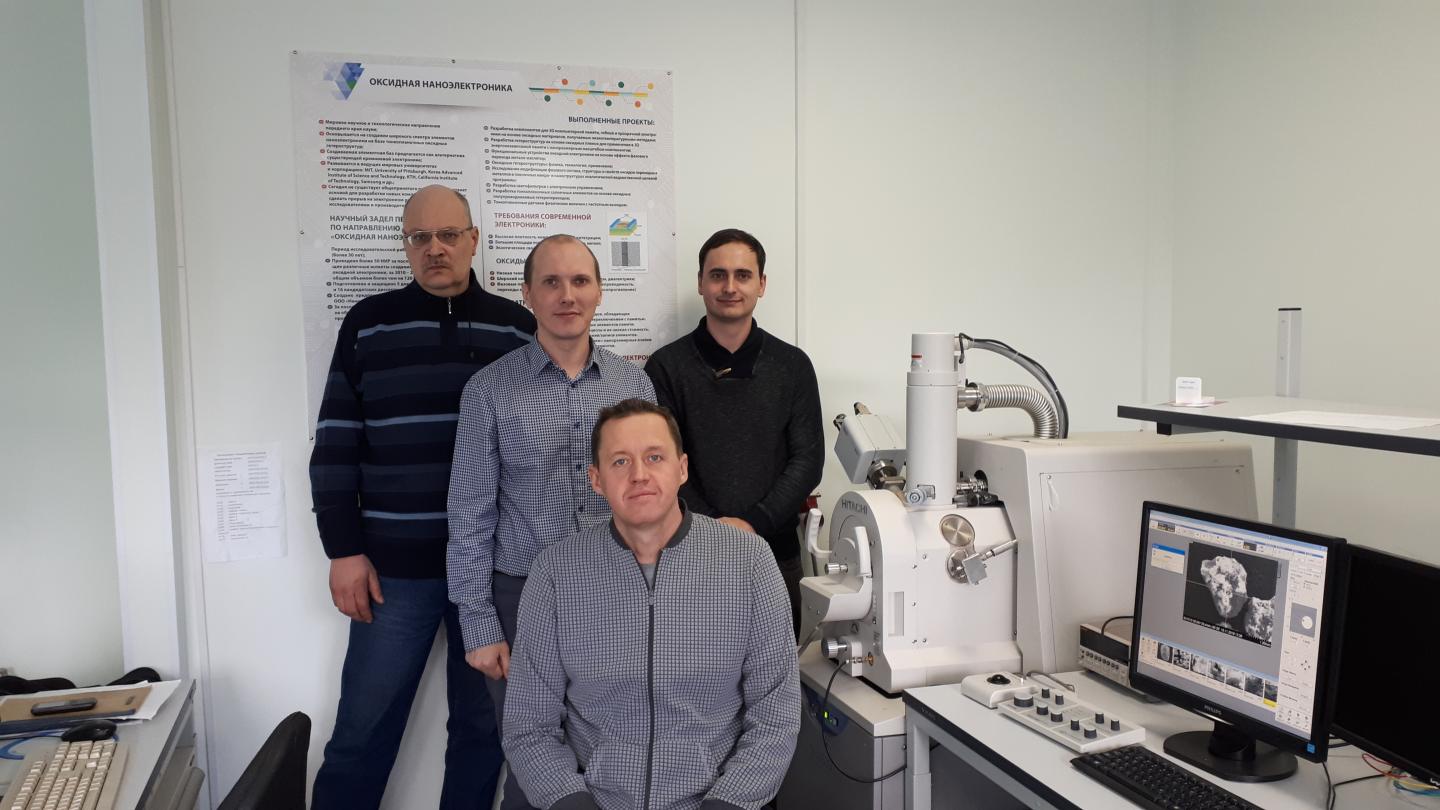
Credit: Andrei Velichko
Physicists from Petrozavodsk State University have proposed a new method for oscillatory neural network to recognize simple images. Such networks with an adjustable synchronous state of individual neurons have, presumably, a dynamics similar to neurons in the living brain.
Oscillatory neural network is a complex interlacing of interacting elements (oscillators) that are able to receive and transmit oscillations of a certain frequency. Receiving signals of various frequencies from preceding elements, the artificial neuron-oscillator can synchronize its rhythm with these fluctuations. As a result, in the network, some of the elements are synchronized with each other (periodically and simultaneously activated), and other elements are not synchronized. In this manner, a space-time picture of the synchronization distribution is formed. It has commonly been assumed that such processes are responsible for the processing and transmission of information in the human brain, and therefore are of particular interest for the study.
The scientists of the Department of Electronics and Power Engineering of Petrozavodsk State University have set the goal of pattern recognition based on coupled oscillators networks implemented on vanadium dioxide structures. Physicists have developed a synchronization registration method with high sensitivity and selectivity. By applying it in practice, it is possible to create a network capable of recognizing images in the same way that biological neural systems do.
In the study, the input images in the form of 3×3 dimension tables were transmitted to the network by changing the supply currents, and currents changed the oscillation frequencies of oscillators. As a result, the network reacted to each received image in a specific dynamics. The idea of the new method was by selecting key network parameters to train the system to synchronize only for a specific input image, which means to recognize it.
The synchronization state of the output neuron-oscillator relative to the rhythm of the main neuron-oscillator was chosen as the output recorded signal. The authors demonstrated that synchronization can be observed not only at the fundamental frequencies, but also at their multiple parts (subharmonics). An increase in the number of synchronous states due to subharmonics is called a high order synchronization effect. Having simultaneously several states of synchronization, the neuron becomes multilevel neuron. Therefore, an oscillatory network of a small number of neurons can perform complex operations, such as speech, images and video recognition, and be capable of solving prediction, optimization, and control problems.
Using this property, the researchers managed to configure the network in a way that different input images caused different synchronization patterns of the oscillatory network. It was discovered that the network was able to recognize simultaneously up to 14 figures (by 3×3 dimension) out of 102 possible variants, while having only one oscillator at the output.
“In the future, compact neural network chips with nanoscale oscillators can be created on the basis of these networks. The distinctive feature of the neural network technology that we are developing is a fundamentally new information processing system. The effect of high order synchronization of pulsed signals allows utilization of multilevel neurons with a high degree of functionality. The advantage of such oscillatory neural networks is the prospect of creating neural networks using a wide variety of physical oscillators, including magnetic and electrical oscillators. At the same time, the trained network no longer needs computer calculations, and operates independently as a separate neural organism, ” says the principle investigator of the research grant, associate professor at Petrozavodsk State University, Andrei Velichko.
###
Media Contact
Andrei Velichko
[email protected]
Related Journal Article
http://dx.



